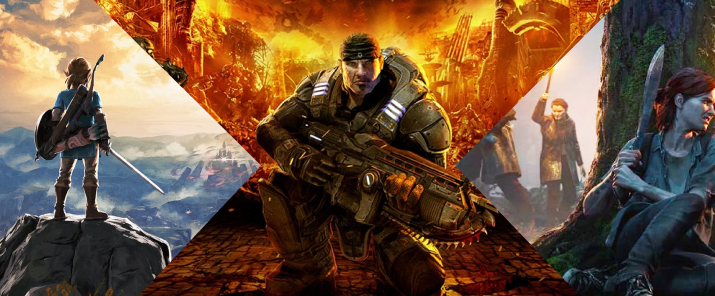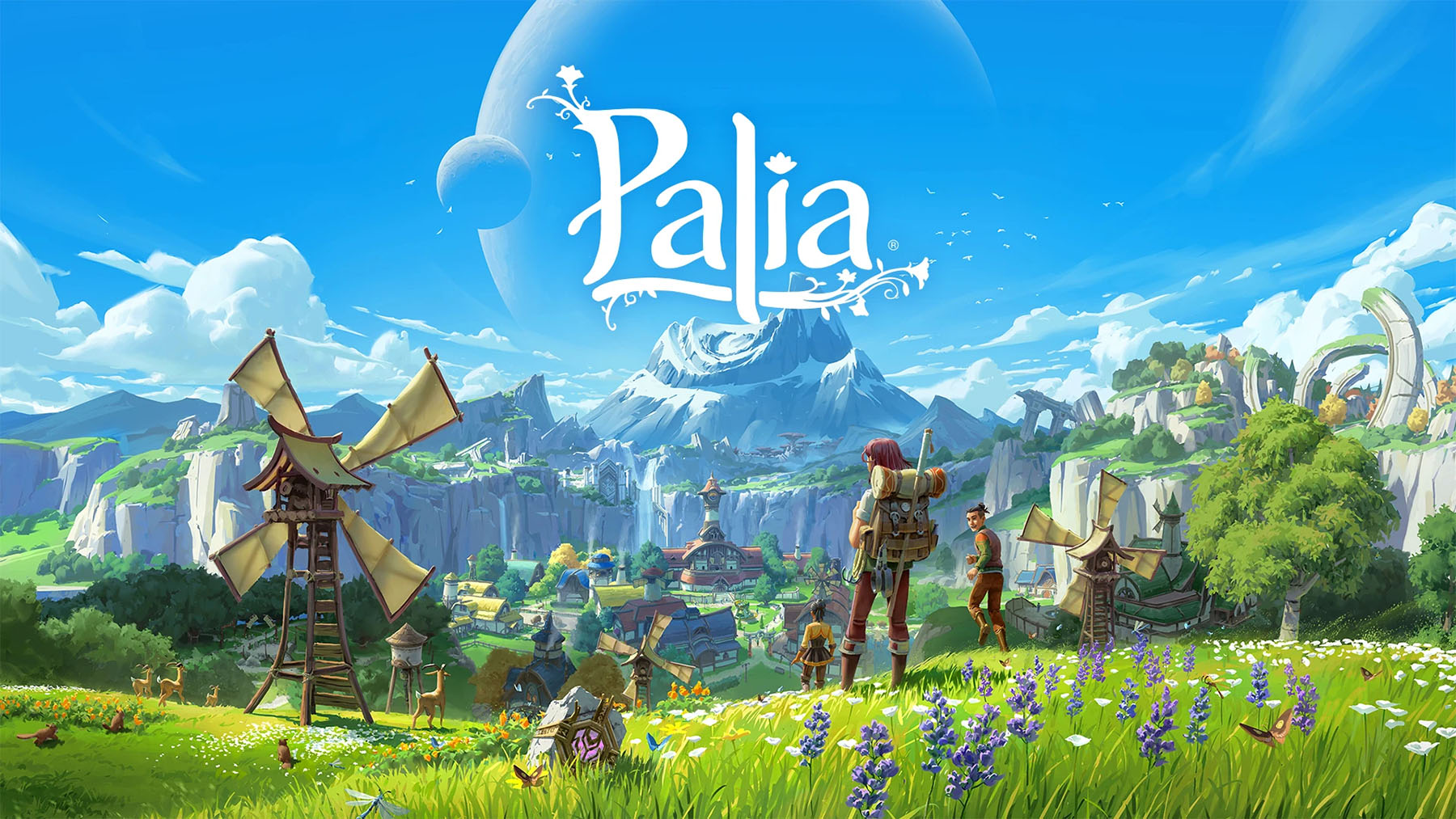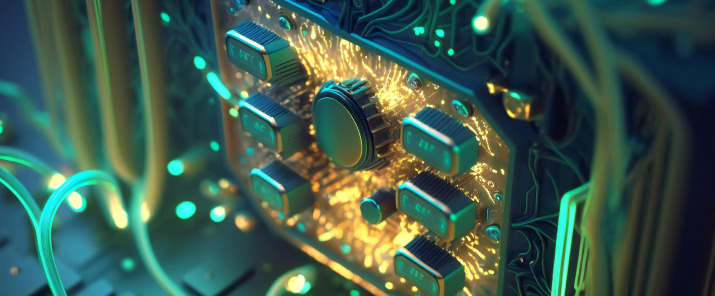
The Lifecycle of Game Development: Charting the Course from Concept to Release
Contemporary Game Development is an intricate process demanding a precise comprehension of the sequential steps and establishing transparent yet adaptable procedures. Whether you are embarking on developing your inaugural game or seeking to refine your existing approach, this article shall serve as your comprehensive playbook.
The primary objective of the subsequent text is to facilitate your mastery of the intricacies inherent in game development stages. By doing so, you, as the orchestrator of this process, will adeptly navigate the expansive terrain of game creation, effectively assemble a team, and appropriately allocate responsibilities. Continue reading, and you will not only acquaint yourself with the fundamental developmental stages of a game but also scrutinize them through the lens of exemplary works produced by Devoted Studios.
1. Pre-Production: Laying the Foundation
Cliff Bleszinski, Epic Games' former developer, once said, "Nobody in Game Dev knows what they're doing; we just have a gut assumption." On the one hand, it seems true because you don't make the game successful, but it becomes successful because of a positive gaming experience. But we're talking about processes here.

To give maximum freedom of action and allow each team member to show creativity, it is at this stage that you, as the main center, need:
- Assemble the whole team with a single goal - create a game with a unique and exciting gaming experience;
- Conduct exhaustive research and analysis to gain insights into market trends and identify potential competitors.
- To create a clear game concept for the team that will help make informed decisions throughout the development process;
- Create concept art to visualize the game's aesthetics and develop a Game Design Document (GDD), which describes the game's essential elements, mechanics, and monetization strategies.
At this stage, you need to define the platform for your game and allocate the necessary resources to realize your vision. The result of this stage will be a clear vision of the game, including mechanics, gameplay, and the main plot.
2. Production: Transforming Ideas into Reality
Once you can clearly and comprehensively answer the question, "What kind of game do I want to create?" it is time to transition to the production stage. During this phase, tasks can be efficiently decompressed, and all processes tailored to the needs of designers, developers, 2D and 3D artists, audio specialists, and other professionals can be effectively customized.
The production stage is both a creative and technical endeavor. Artists engage in the creation of visually stunning assets, encompassing characters, environments, and props. Programmers breathe life into the game mechanics, encoding the interactions and functions that render the game playable. Simultaneously, game designers focus on level design, balancing gameplay elements, and crafting captivating experiences for players. This phase mandates collaborative efforts, necessitating effective communication and coordination among diverse development teams.

The quality of the work produced by the Devoted Studios team can be assessed on ArtStation, providing a glimpse into only a fraction of the activities transpiring during this pivotal stage of game development.
During this phase, the work of Quality Assurance (QA) engineers commences. These professionals generate test documentation based on the Game Design Document (GDD) and refine overarching ideas and concepts. Subsequently, this data becomes integral in the subsequent phase.
3. Polishing: Ensuring a Seamless Experience
The QA department commences meticulous work once the core game mechanics are in place. Engineers conduct thorough tests to identify and rectify bugs, errors, and performance issues.
This phase extends beyond problem detection, refining gameplay mechanics, enhancing graphics, and ensuring an uninterrupted user experience. During this stage, QA scrutinizes various facets of the game, such as dependable environments, rendering and performance issues, exploits, and difficulty levels.
Occasionally, non-technical beta testers are enlisted at this juncture. They evaluate the game's "fun factor" to guarantee its allure and entertainment value for players. Tester feedback and user experience research are pivotal in refining the game and making necessary adjustments to elevate its overall quality.
As an illustrative example, we have successfully concluded the entire development cycle of Palia Game, slated for release in 2024, and is already available on Steam. Soon, you will have the opportunity to evaluate the proficiency of the Devoted Studios development team independently.

Subsequently, the game undergoes a polishing phase by returning to the developers. The iterative process of transferring individual features and game mechanics between developers and QA engineers may be repeated multiple times until all impediments to the release are addressed.
4. Launch: Introducing the Game to the World
The launch phase represents a pivotal moment for game developers, as it determines whether the game will fulfill the expectations and anticipation of the community. Frequently, developers receive direct feedback from players during this stage, prompting them to make final adjustments to the game and address any lingering bugs.
The involvement of the marketing department becomes crucial at this juncture. Designers and artists collaborate to craft the trailer and actively participate in game events to heighten interest and attract players. Throughout the launch phase, careful consideration must be given to various factors, including selecting an optimal release date, optimizing the game for different platforms, and implementing effective marketing strategies. This period is both exhilarating and highly anticipated, as the entire team eagerly awaits the players' acknowledgment of their hard work.
5. Post-Production Maintenance: Continued Support and Improvement
Naturally, the development process doesn't culminate with the game's launch; it persists because continual support to players is imperative. It involves resolving emerging issues and dedicating time to enhance the game based on user feedback.
Post-production services encompass the following:
- Updates and patches for bug fixes.
- Incorporating new features to enhance the overall gaming experience.
- Porting game for any game platform.
- Development of additional content (DLC) to extend the game's lifespan.

As an illustrative example, Devoted Studios played a pivotal role in porting Five Nights at Freddy's to the Nintendo Switch after its release on PC and other consoles. This strategic move expanded the player base and, more significantly, heightened player loyalty.
This phase ensures that players continue to derive enjoyment and engagement from the game long after its initial release.
Conclusion
The stages of game development collectively form a comprehensive roadmap for crafting captivating and successful games. Each phase plays a pivotal role in shaping the final product, from laying the foundation to transforming ideas into reality, ensuring quality, and launching the game into the world.
By comprehending and precisely targeting the game development process, developers can forge exceptional gaming experiences that resonate with players, leaving a lasting impact. Understanding the plan and adeptly decomposing the team's tasks is imperative. This article is designed to assist you in expediting your game creation process and optimizing your budget effectively.
